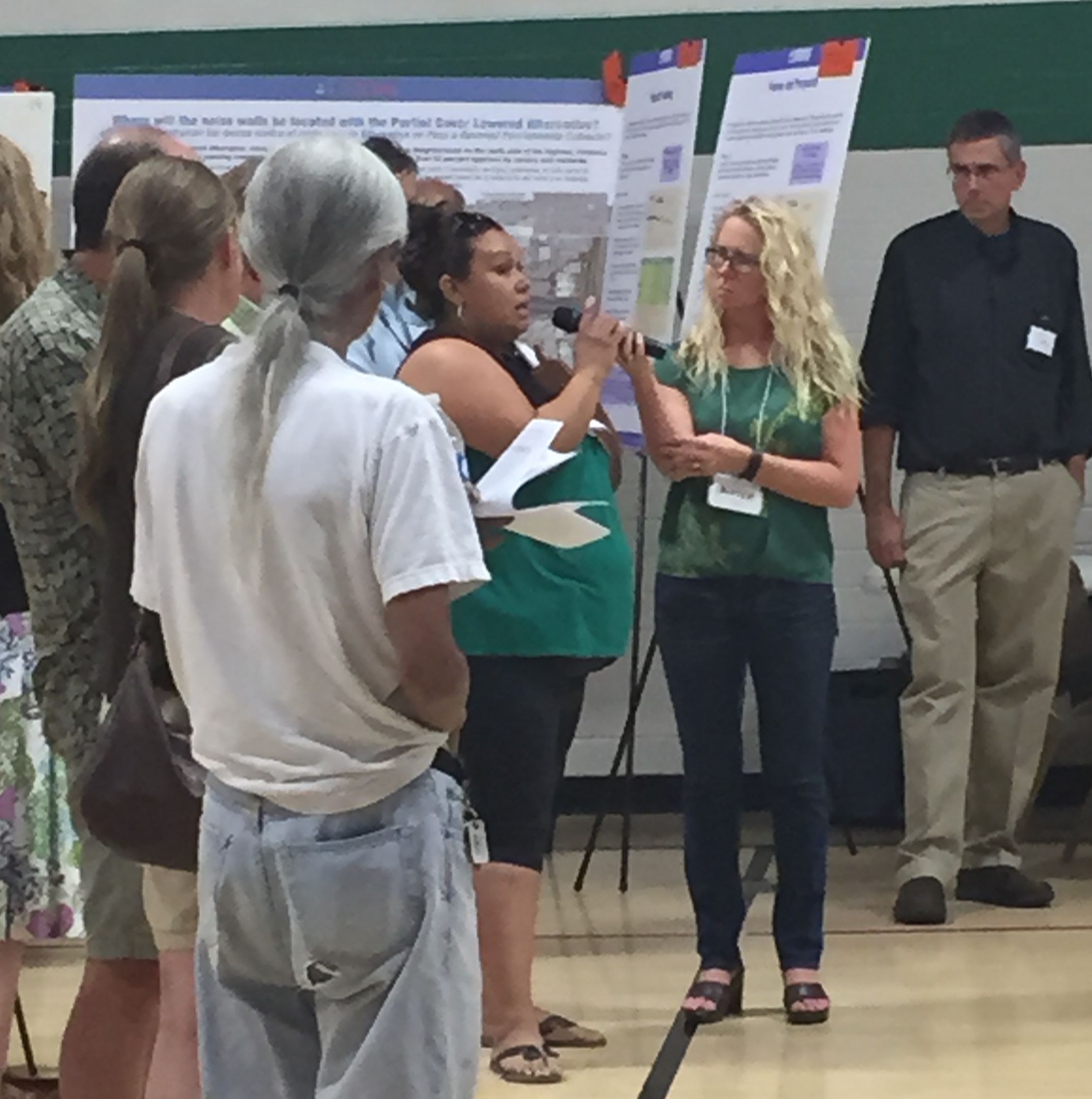Bureaucracy Got You Down? Here’s a Guide to Making Colorado Streets Better

Engineer-speak has the power to convolute simple concepts and disengage the very people public agencies are meant to serve. If you’re not in the transportation industry, it might be confusing why agencies use “fixing deficiencies in the grade” when they mean “priming the street for faster speeds,” for instance.
But imagine if public agencies listened to the people who value walking, biking, and transit as intently as they listen to people who believe streets serve one purpose, to move cars (ahem, Boulder).
Most people who use Colorado’s streets — everyone — don’t know how to go about making them better. That’s according to CoPIRG‘s Danny Katz, who co-authored a toolkit with the Southwestern Energy Efficiency Project aimed at turning everyday people into advocates. The guide [PDF] covers the basics of good street design and makes arcane subjects easy to understand, so that more people can have more heft in how they evolve:
This guide is intended to give you a sense of what some of the options are for making our communities better places — places where residents can safely and comfortably get around by walking, riding a bike, or riding transit, in addition to driving. Whether you are headed to school, work, the store or entertainment, there are too many places where the infrastructure, land use patterns and available services make it difficult to use your legs, your bike, a bus or a train (on their own or in combination). The good news is that all over Colorado, people have banded together with their local governments to make change. And you can too.
“We really need to continue to move this state forward when it comes to alternative transportation,” Katz said. “And one of the things that we diagnosed was that we just need more advocates who are raising their hands, going to public meetings.”
Sometimes would-be advocates’ trepidation comes from confusing jargon, sometimes from not understanding the public process, Katz said. The Colorado-specific toolkit offers clear examples of successful projects — road diets in unlikely towns like Pueblo, for example. It also breaks down dense policy subjects like zoning and parking in a way that makes sense, and explains what individuals can do to attain complete streets, from bike lane designs to walk audits to transit passes.
The guide also guages transportation projects and policies according to their cost, benefit, and challenges.
Katz hopes the toolkit is different than most reports, which you “just release and that’s it.” He cast a wide net, sending it to government agencies, elected officials, and hyper-local organizations like PTAs. Ideally it will become a reliable reference for people looking to change their streets from the bottom up, rather than accepting transportation agencies’ standards.
Basically, it gives everyday Coloradans some ammo when decision makers say “no.”
“Transportation, more so than a lot of other issues, feels like you need a high level of expertise, and there’s just a ton of bureaucracy,” Katz said. “Sometimes I think it just takes a little bit of handholding, a little guidance to get things moving.”


